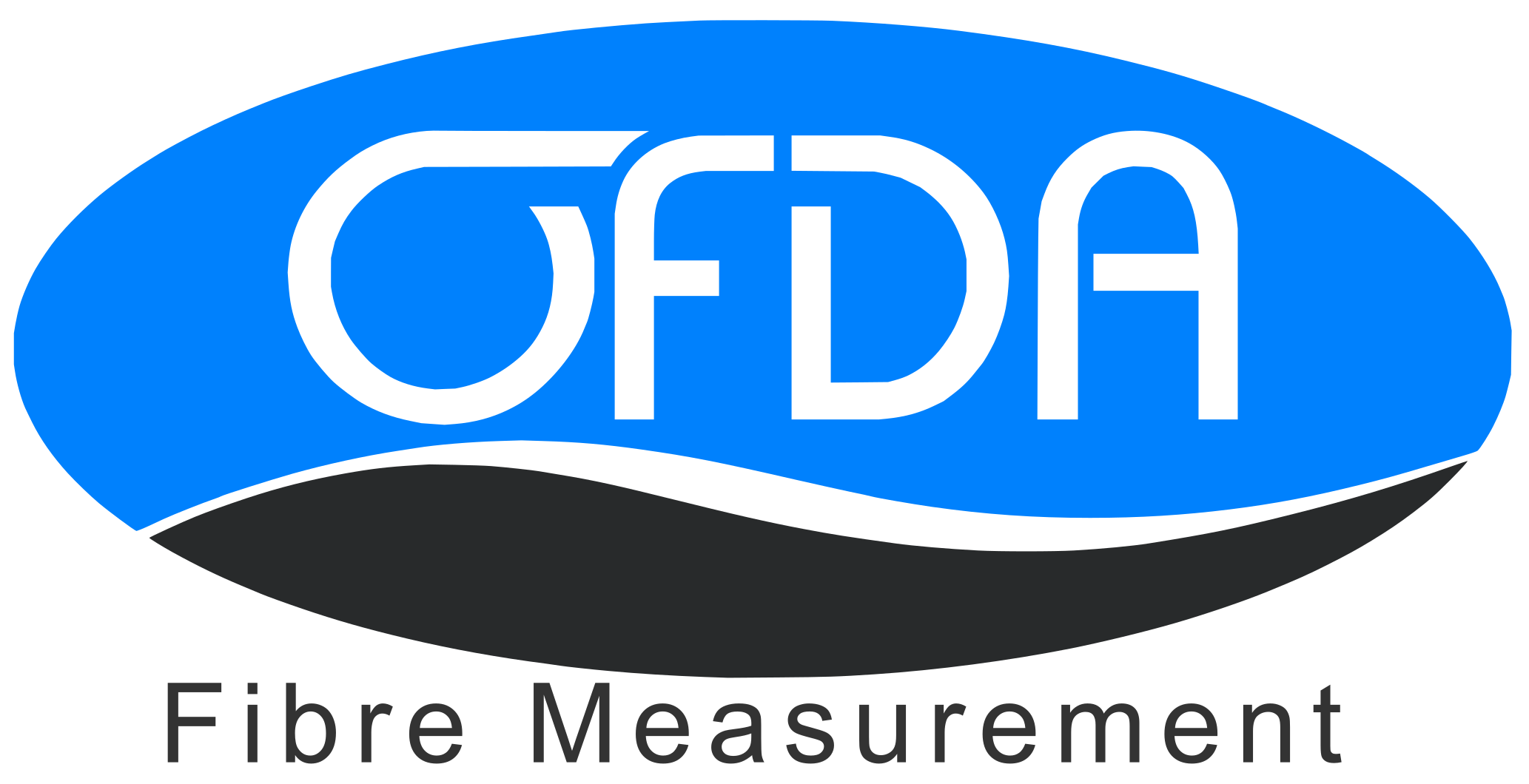How Fibre Testing Can Pave the Way for a Sustainable Textile Industry
- Thomas Hegerty
- Dec 9, 2024
- 3 min read
Updated: Dec 16, 2024
The global textile industry is at a crossroads, where innovation meets responsibility. As consumer demand for eco-friendly products grows, businesses must rethink their production strategies. Fibre testing, an essential yet often overlooked process, has emerged as a cornerstone for achieving sustainability in textiles.In this blog, we’ll dive into how fibre testing not only ensures product quality but also helps textile manufacturers embrace sustainable practices.
What Is Fibre Testing and Why Is It Important?
Fibre testing involves analysing the physical and chemical properties of fibres to ensure they meet specific standards for textile production. Characteristics such as diameter, length, tensile strength, and moisture content are evaluated to ensure consistent quality.
Beyond quality assurance, fibre testing provides valuable insights into material efficiency, waste reduction, and environmental impact. By integrating fibre testing into their workflows, textile companies can create eco-friendly products that meet the demands of conscious consumers.
Fibre Testing and Sustainability: The Perfect Match
1. Promoting Ethical Material Sourcing
With fibre testing, manufacturers gain transparency into the origins and characteristics of their materials. Testing enables verification of raw materials, ensuring they are sustainably and ethically sourced. This step not only bolsters the credibility of eco-conscious brands but also minimises the risk of unsustainable practices entering the supply chain.
2. Reducing Production Waste
Waste reduction is a critical aspect of sustainable textile production. Fibre testing minimises waste by ensuring only suitable fibres are used in the manufacturing process. Poor-quality fibres that fail initial testing can be excluded early, saving resources and energy that would otherwise be wasted on defective products.
3. Enhancing the Longevity of Textile Products
High-quality textiles are less likely to degrade prematurely, reducing the need for frequent replacements. Fibre testing ensures that textiles are durable, reliable, and fit for purpose, encouraging a shift towards slow fashion and reducing the volume of discarded clothing in landfills.
4. Facilitating Recycling and Circularity
Recycling textiles can be challenging without accurate information about fibre composition. Fibre testing simplifies this process by identifying fibre types and properties, making it easier to sort materials for recycling. This paves the way for circularity, where textiles are reused or transformed into new products rather than discarded.
The Environmental Benefits of Fibre Testing
By addressing sustainability challenges at the fibre level, manufacturers can make meaningful changes that ripple throughout the production chain. Some key benefits include:
Conserving natural resources by optimising raw material usage.
Reducing water and energy consumption through efficient production practices.
Lowering carbon emissions by minimising waste and reprocessing efforts.
Preventing microplastic pollution, especially when testing helps prioritise sustainable fibre alternatives.
How Fibre Testing Empowers the Textile Industry
Data-Driven Decisions for Sustainability
Fibre testing provides manufacturers with actionable data, from fibre strength and resilience to compatibility with dyeing processes. This information empowers businesses to make smarter choices about materials, helping them align production with sustainability goals.
Supporting Innovation in Sustainable Fabrics
As the industry moves towards sustainable materials like organic cotton, hemp, and recycled fibres, fibre testing ensures these alternatives meet performance expectations. It accelerates innovation by providing a reliable way to evaluate new materials, promoting their adoption in mainstream production.
Robotic Vision’s OFDA Technology: A Sustainability Game-Changer
At Robotic Vision, we are proud to provide cutting-edge tools that elevate fibre testing to new heights. Our Optical Fibre Diameter Analyser (OFDA) is designed to deliver precision, speed, and reliability. Here’s how it contributes to sustainability:
Precise Fibre AnalysisThe OFDA provides accurate data on fibre diameter and uniformity, helping manufacturers optimise material selection and minimise waste.
Rapid Testing CapabilitiesTime is a critical factor in production. With OFDA, fibre testing becomes faster and more efficient, enabling manufacturers to maintain sustainability without compromising on speed.
Versatility Across ApplicationsWhether it’s natural fibres like wool or synthetic alternatives, OFDA is equipped to handle a variety of materials, making it an indispensable tool for sustainable textile production.
Fibre Testing as a Sustainability Catalyst
Sustainability is no longer optional for the textile industry—it’s a necessity. Fibre testing provides the foundation for eco-friendly practices, from ethical sourcing and waste reduction to recycling and innovation. With technologies like Robotic Vision’s OFDA, manufacturers can embrace a future where high-quality textiles and sustainability go hand in hand.
Are you ready to take your sustainability efforts to the next level? At Robotic Vision, our OFDA technology is here to revolutionise your approach to fibre testing. Contact us today to learn how we can help you create high-quality, eco-friendly textiles that lead the industry towards a greener future.





Comments